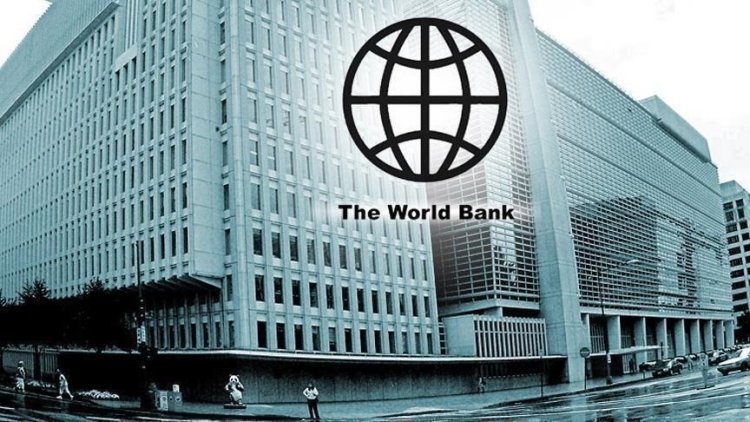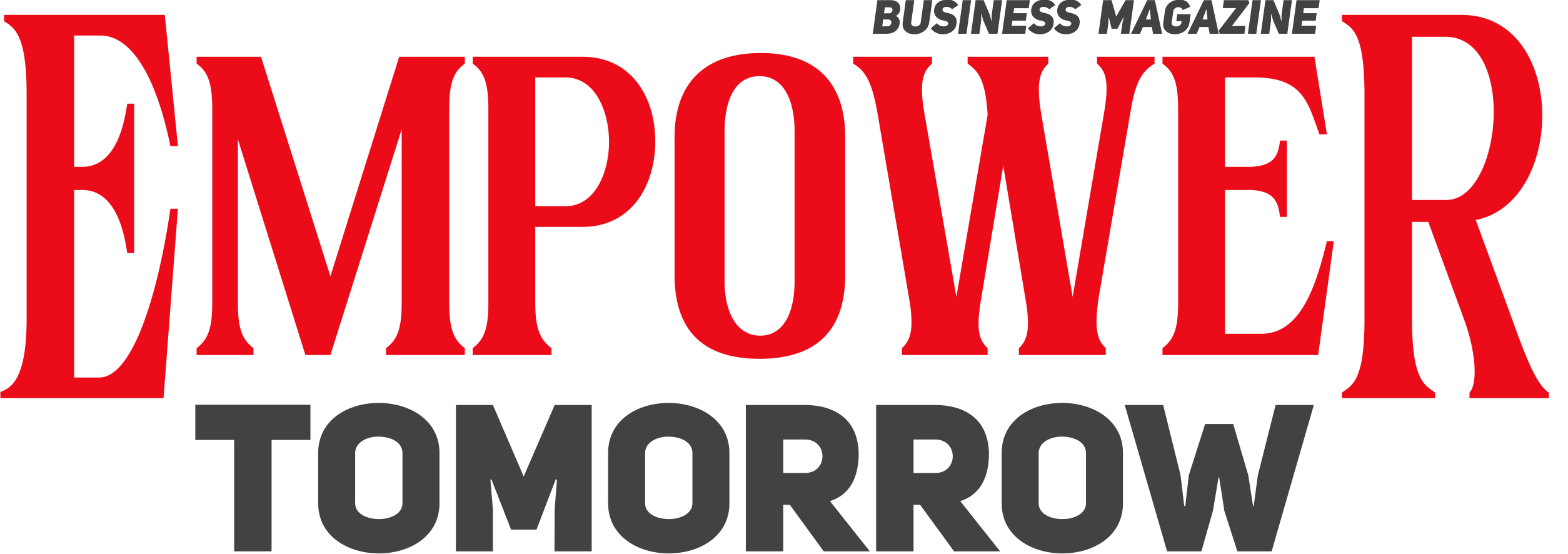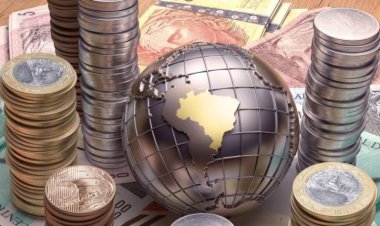5 procedures to counter the slow growth of the global economy
The World Bank sets policies to counter the decline in global economic growth until 2030.

Economic scenarios that present themselves on the international and regional arena about the future of the economy, inflation and unemployment data, and attempts to control the crisis by continuing the tightening policies of central banks by raising interest rates.
Expected risks of slowing growth and fears of entering into a state of inflationary stagnation, which means high inflation with high unemployment and low growth.
How can developing countries and emerging economies handle rising interest rates and depreciating currencies while growth rates are steady?
In this regard, the Information and Decision Support Center of the Egyptian Council of Ministers published a new infographic that monitors the findings of the World Bank regarding the state of the global economy and proposals to confront the global crisis.
Average global GDP growth between 2022 and 2030 will decline to 2.2% annually, in the case of developing economies, the decline will be just as steep, from 6% annually between 2000 and 2010 to 4% annually for the remainder of this decade.

To mitigate this fate, the World Bank puts forward a number of proposals:
1. Increasing investments in several environmentally friendly fields; This boosts growth by up to 0.3 percentage points annually.
2. Reducing trade costs that double the cost of goods traded globally by half, by adopting trade facilitation practices and other practices followed in several countries.
3. Utilization of services Since exports of information and communication technology services jumped to more than 50% of total services exports in 2021, up from 40% in 2019.
4. Increasing labor force participation globally over the next 10 years to increase growth rates by about 0.2 percentage points annually by 2030.
5. Fostering the global cooperation that has helped drive global prosperity for more than two decades since 1990.

Developing countries
Developing countries are the most affected by these crises, which led to an increase in the extreme poverty rate at the global level from 8.4% to 9.3%.
A number of developing countries are now facing the possibility of major internal crises, with the slowdown in the pace of economic growth, the increase in poverty and hunger rates, the public debt reaching unsustainable levels in light of increasing interest rates, and non-weak mechanisms to get out of the critical situation of external indebtedness, and a shortage of investment rates, population growth.


 Shrouq
Shrouq 












